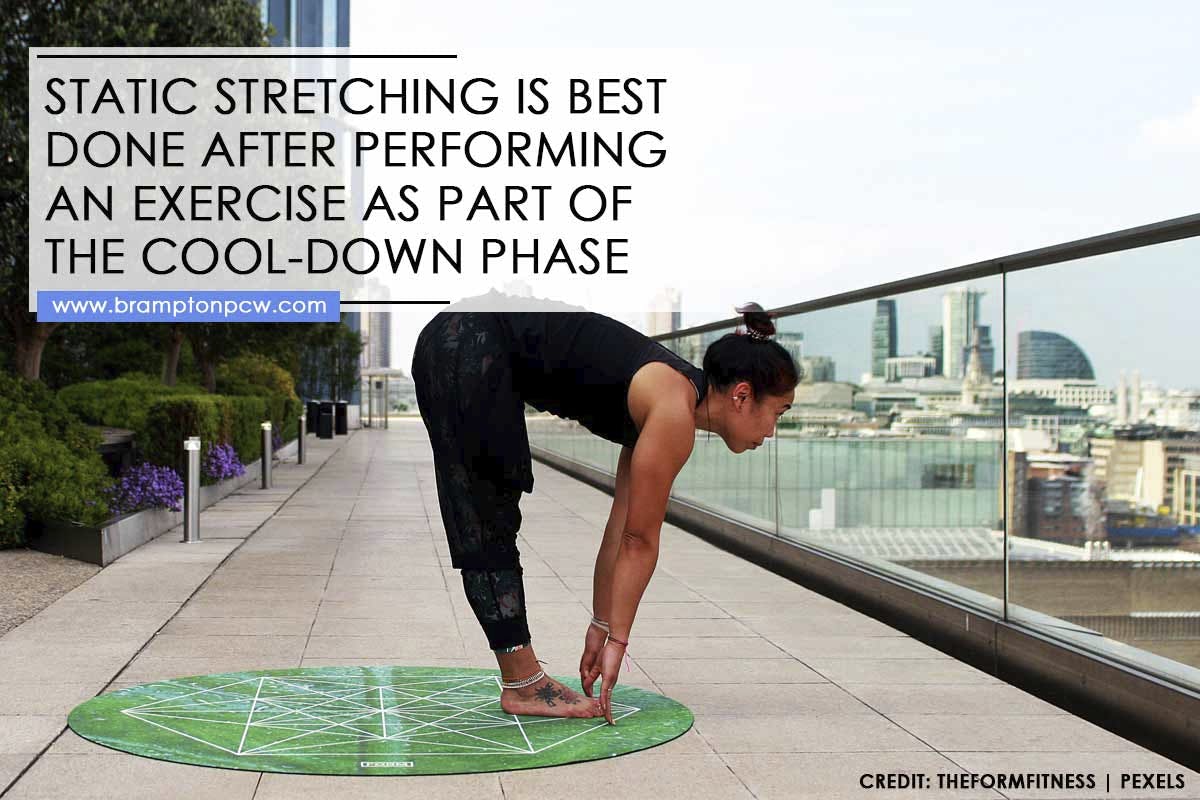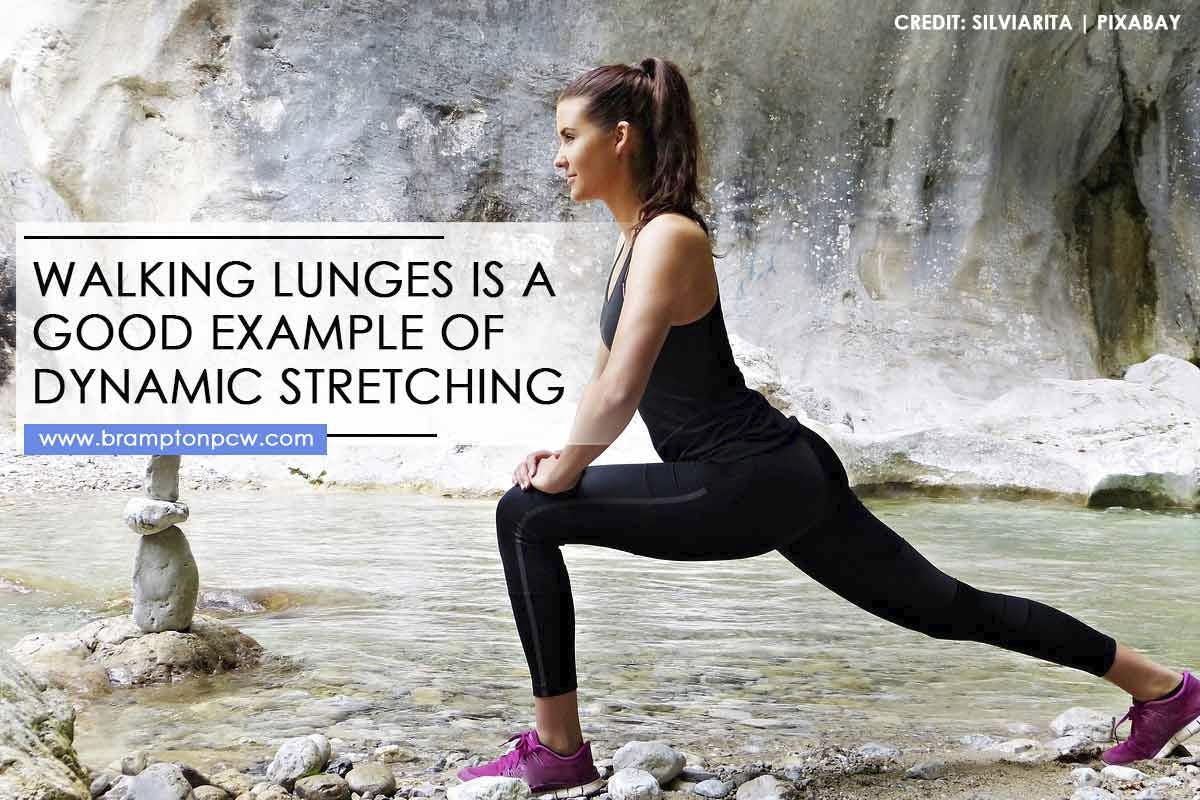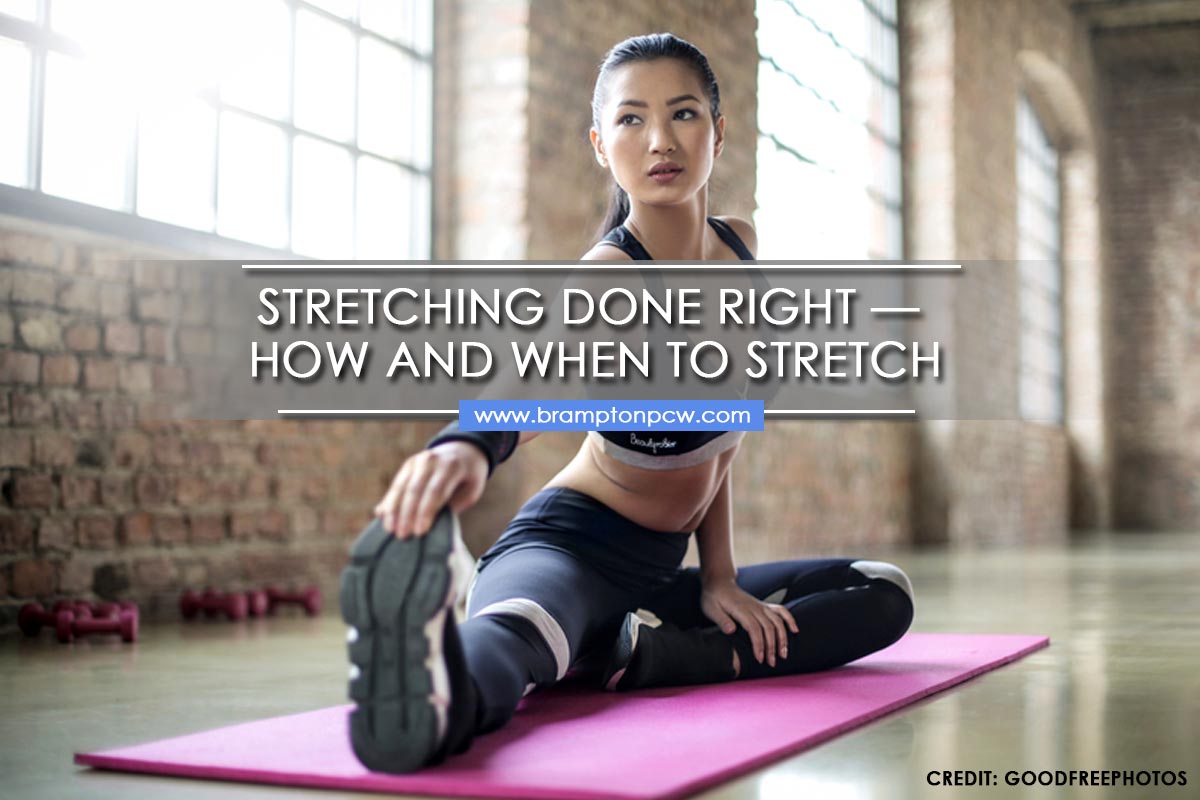Many think that stretching is only for people who engage in sports. This is a common misconception. We all need to stretch our muscles regularly to protect our mobility and enhance flexibility. Stretching, whether for exercise beginners or seasoned athletes, should be done on a daily basis to protect and strengthen your muscles.
However, for your body to benefit from stretching, it should be done properly and at the right time. Know how and when to stretch so you can do so safely and effectively.
Importance of Stretching

Staying flexible as you age is crucial since it helps your body move easier without pain. Without stretching, your muscles shorten and become tight, putting you at risk for joint pain and muscle damage. Inflexible muscles can also increase the risk of injury even when performing the simplest activities, such as bending or lifting.
Stretching daily helps lengthen the muscles to increase flexibility and improve the range of motion in the joints while keeping them strong and healthy. When you engage in a regular stretching routine program, your body undergoes several changes, especially the muscles. Eventually, other tissues, including the ligaments, tendons, fascia, skin, and even scar tissues, start to adjust to the stretching regimen.
Take, for instance, prolonged sitting. When you spend most of your time sitting all day, your hamstring muscles become tight, making it harder to extend your legs or bend your knees. Also, performing strenuous activities, such as playing basketball, can damage muscles when they are suddenly pulled. When muscles are injured, they will lose the strength to effectively support the joints, leading to potential joint injuries. Stretching before a workout session helps reduce the force on the muscles.
Other stretching benefits include:
- Increased Blood Circulation - Blood is able to flow more to your muscles when you stretch regularly. Improved circulation helps bring nourishment, eliminate waste byproduct in the muscle tissue, and accelerate muscle injury recovery time.
- Stress Relief - Stress causes muscle tension and tightness. However, stretching regularly helps relax tight and tense muscles.
- Improved Body Posture - Stretching exercises help warm up and relax the muscles, allowing you to maintain proper body posture. When tension and tightness are released, it reduces muscle discomfort and keeps muscle pain and injury at bay.
- Enhanced Performance - Regular stretching helps you gain a full range of motion and improve balance and coordination, keeping you more mobile and less prone to injury.
Stretching once would not magically make your body flexible today. Do it regularly and commit to the process. It may take a few weeks to months to loosen and relax tight muscles and improve flexibility.
Types of Stretching
Some people think that there is only one way to stretch your joints and muscles, there are different stretching types that can improve your flexibility and performance. Some of the most common types of stretching include:

- Static Stretching - Considered as the most common form of stretching, static stretching is the safest way to stretch. It involves holding a stretch in a challenging yet comfortable position between 15 to 60 seconds without moving. Static stretching helps increase or maintain your flexibility. Static stretching is typically done after intense exercise to cool down joints and muscles. Sports experts do not recommend static stretching before engaging in a high-intensity activity as it restricts maximal muscular performance. However, you can perform static stretches before a light physical activity if you are inflexible.

- Dynamic Stretching - Unlike static stretching, this type of stretching involves controlled, smooth, and deliberate movements. Dynamic stretching is favoured by many athletes, trainers, coaches, and physical therapists because it helps improve functional range of motion and increase flexibility and mobility whether in sports or daily activities.
- Passive Stretching - Passive stretching involves the use of outside assistance, such as your body weight, a strap, stretching devices, or another person, to perform a stretch. It relaxes the muscle you are trying to stretch while relying on assistance to keep your position in place. While it eliminates the need to stretch harder, be cautious as the external force could be stronger and exceed your flexibility limit.
- Active Stretching - Active stretching can be achieved by actively contracting the muscle in opposition to the one you are stretching without the use of external assistance. You simply need to relax the muscle while stretching and relying on the opposing muscular force to generate the stretch.
When Should You Stretch

Stretching should be a part of your warm-up or cool-down exercise or workout routine, but at what other time should you stretch your joints and muscles?
Health experts recommend stretching regularly throughout the entire day to keep muscles loose and reduce the stress brought about by everyday life. Do some light stretches while watching television or stand up and stretch during short office breaks after sitting for hours.
Stretch before exercising to warm-up your muscle? Pre-exercise stretching does not have a significant impact on your flexibility, according to studies. It simply prepares your body for exercise. If you want to improve your flexibility, sports buffs recommend stretching after your workout as part of the cool-down phase. After an exercise or workout, your muscles are most warm and supple, making it easier to stretch and increase your level of flexibility.
Make sure to stretch before going to bed. Stretching works at a neuromuscular level by increasing the length of your muscles. Also, sleeping helps heal your tired muscles and soft tissues.
How to Stretch Your Muscles Safely and Properly

Stretch, but know how to do so properly. One wrong move and you stretch your muscles too hard, potentially hurting you.
Many used to believe that it is important to stretch to warm up and prepare the muscle before rigorous activity. However, several studies showed that stretching before the muscles are warmed up can hurt them. Stretching cold muscles could cause damage to its fibres. Engaging in a light exercise, such as a quick walk, allows blood to flow to the muscles, making them more flexible and amenable to change. Warm your muscles up for 5 to 10 minutes before stretching. After a weight-training workout or aerobic, you can stretch your muscles safely.
Here are some quick tips to a proper stretching technique:
- Hold each stretch for between 10 to 30 seconds. Avoid stretching too long to prevent muscle damage. Repeat the process 2 to 3 times.
- Do not bounce as it can cause microtears in the muscles, leaving scar tissue. Scar tissue causes muscle tightness, which reduces your flexibility and increases the risk of pain.
- Never stretch beyond your limit. Stretching should not be painful. If you feel pain, return to the position where you do not feel any pain and hold the stretch.
- Make sure to relax and breathe freely while stretching.
- Stretch both sides to ensure that your joint range of motion is equal to each side of your body.
Incorporate your stretching knowledge into your daily exercise or workout routine. However, check with your physiotherapist for professional guidance before starting a stretching program. Call Brampton Ortho Neuro Physiocare at (905) 454-4975 or use our contact us form to make an appointment.







